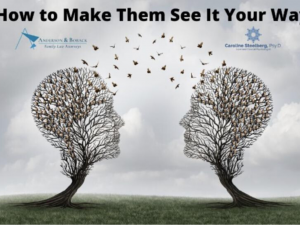Recently, I visited an old friend in Lexington, Kentucky. She suffers from early onset dementia and was moved to a memory care unit there a year ago by family. Another quick trip last month took me a couple of thousand miles away to be with an elder relative who required emergency surgery. Suddenly, I’m a long distance caregiver. While physically distant, these people need care. Yet, I wonder, how is long distance care provided?
Usually, when figuring out something new, I search for resources and parameters to guide me. If there are resources and people who know about the topic through their own research and/or experience, I seek their help.
One of the first recommendations I received was from a friend who suggested the book Being Mortal by Atul Gawande. This book provides a case for a different perspective on aging and dying than is typical in the United States. Gawande’s focus is on connecting to the aging community rather than warehousing the elderly. This book helped me to stop what I was doing and make time for the important people in my life who need to feel loved and cared for, even if they live far away and may not remember me from one day to the next.
As a psychologist, I looked for information provided by the American Psychological Association (APA). Fortunately, they have developed easily accessible online resources. Their site identifies several care recipients – Adults, Minors, Veterans, Mentally Ill and End of Life. The APA reports that in total, 43.5 million Americans provided caregiving for a family member last year. They state that it creates “stress and disruption” in well- being when caring for a loved one. The site gives a description of the different types of caregiving and specific burdens related to each. They also provide a list of resources.
Having resources like these, in addition to learning from others who have experienced near and distant caregiving, is invaluable. The most reassurance I’ve received that I’m on the right track has come from simply spending time with those who need care – being with the other person when I can be and forgiving myself when I can’t. With my friend in Kentucky it meant silently listening to a familiar Pink Martini CD together. With my relative, it was being together right after surgery, when he requested a shaver. While this level of care may not be as demanding as the day in and day out care of those who live near, the connection is no less meaningful, powerful and healing.



![[VIDEO] How to Make Them See It Your Way – Communicating with Your Ex About Parenting Decisions](https://carolinesteelberg.com/wp-content/uploads/2020/05/Caroline-Steelberg-Youtube-Thumbnail-300x225.png)
